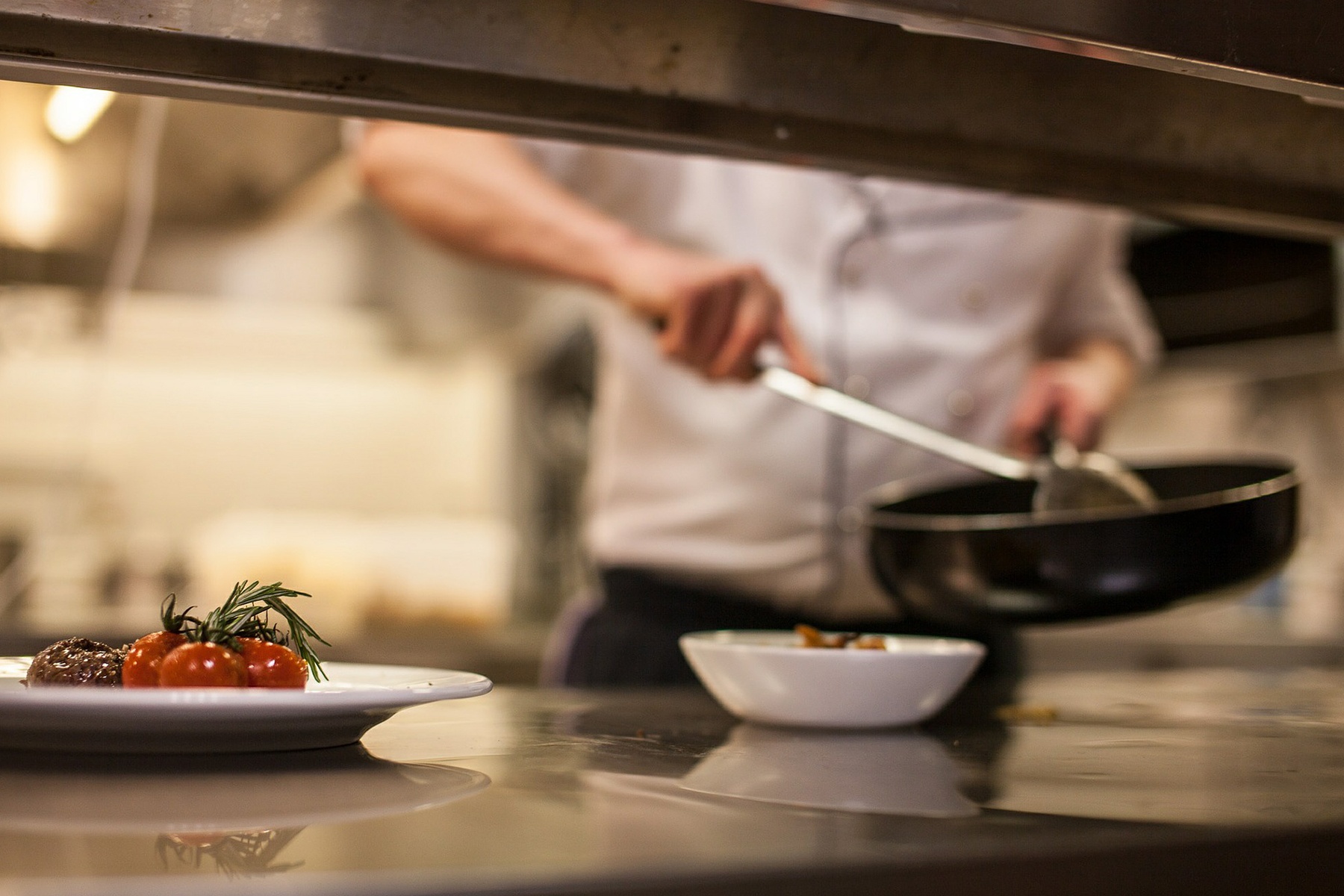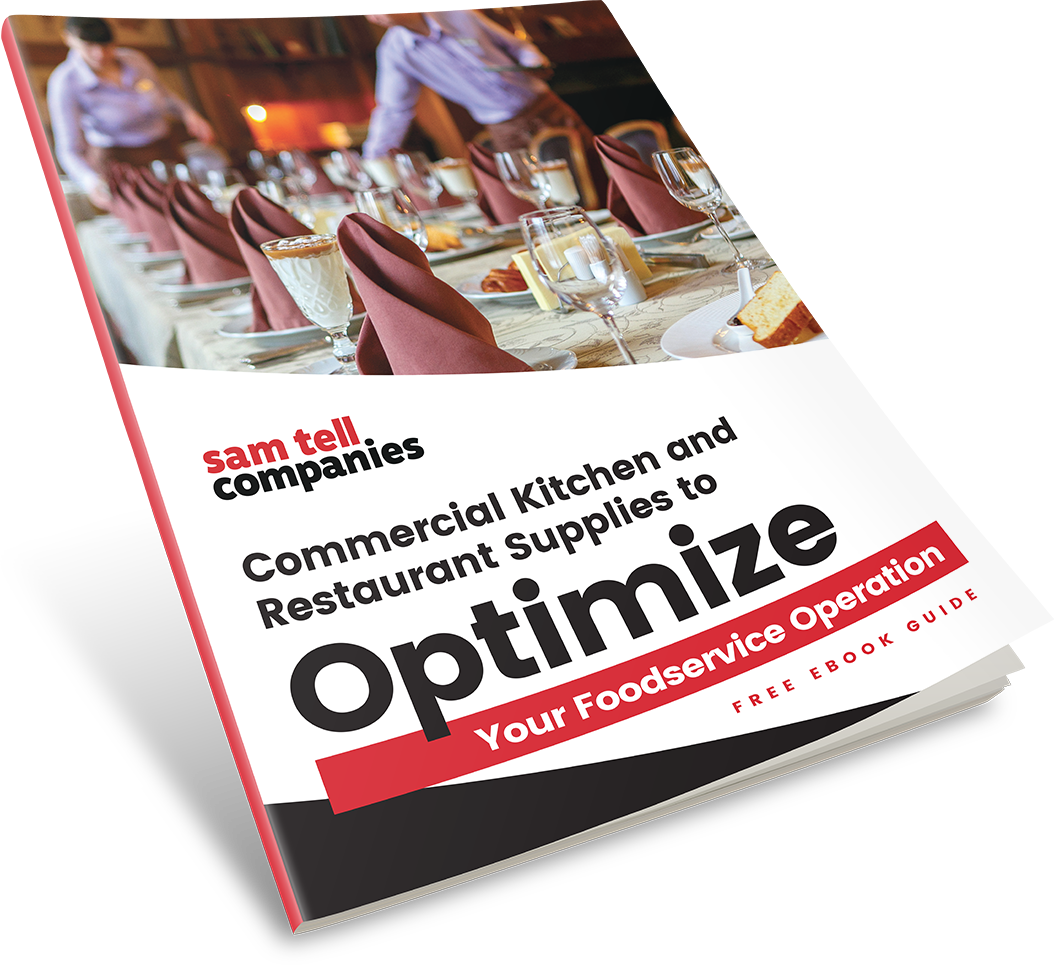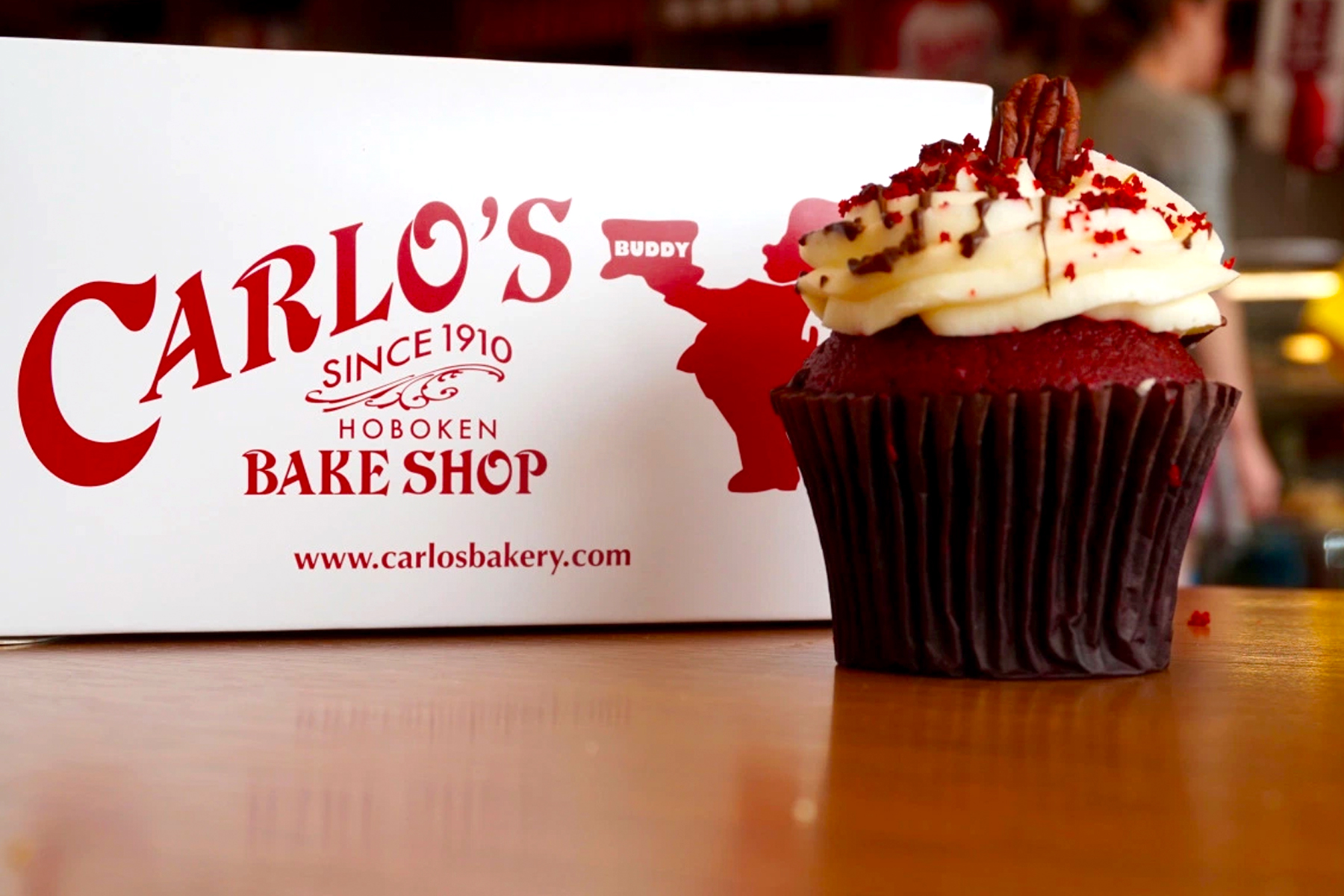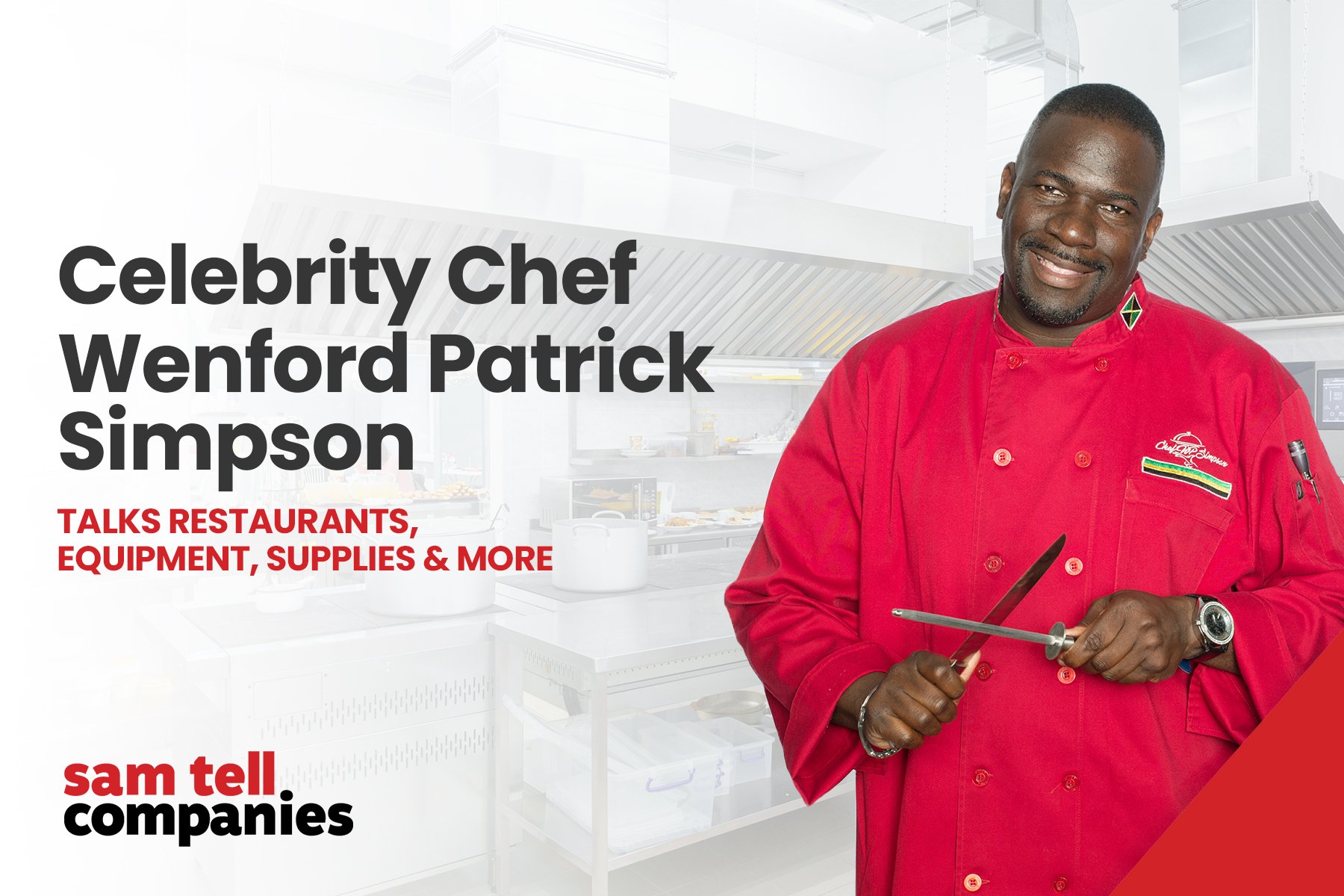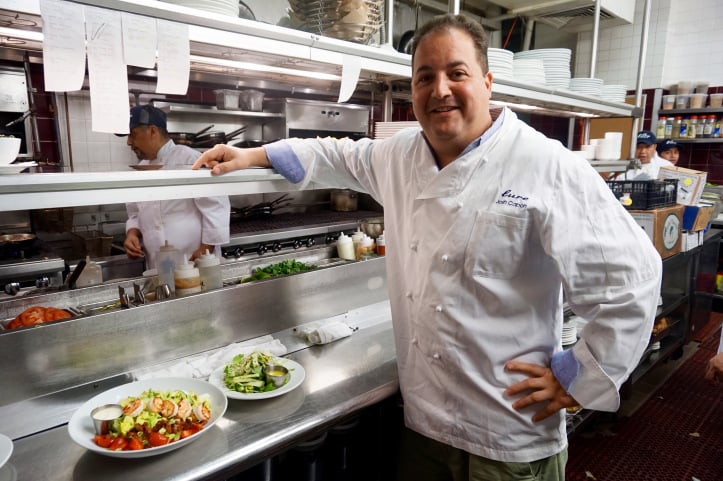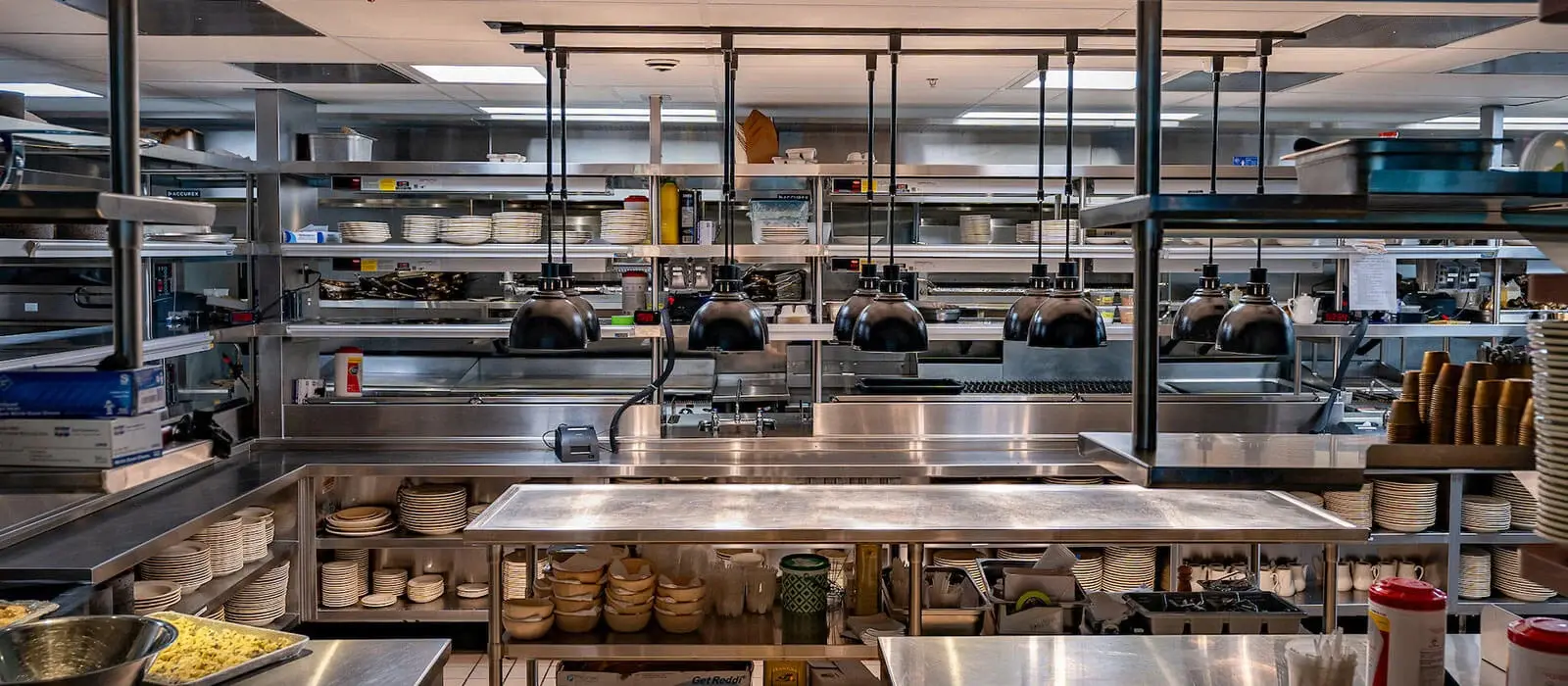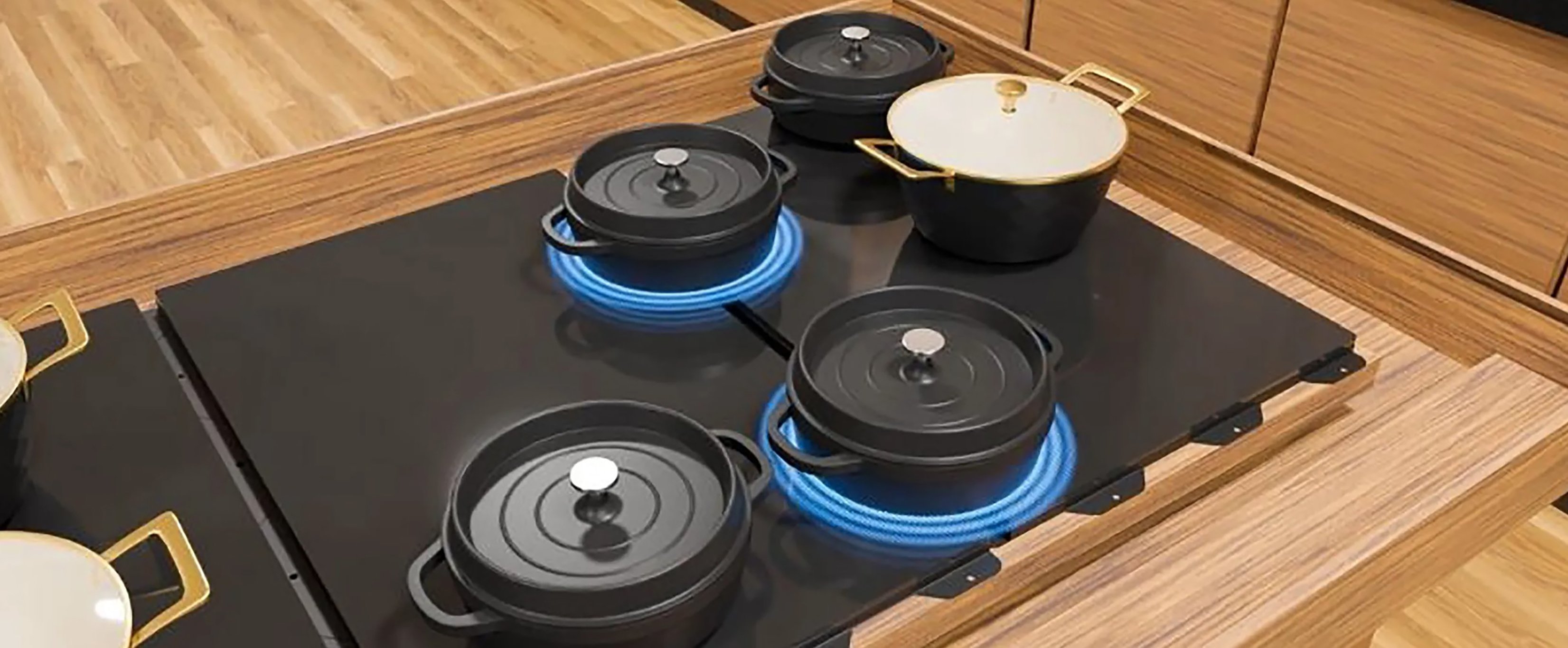Designing the layout of your restaurant kitchen is an exciting step in bringing your vision to life. With so many possibilities, though, knowing where to begin can be daunting. There are several key considerations to keep in mind that can help this process go smoother.
Preliminarily, start with the following:
- Review Your Menu With Your Chef
- Measure the Space
- Research Local Food & Health Codes
Next, assess the concepts below. The extent to which you incorporate these into your design will depend on how much you value each, but all deserve at least some thought.
Simplicity & Space Efficiency
A simple and space-efficient kitchen maximizes every inch. To do so requires careful consideration of exactly what kind of equipment is and isn't necessary. Otherwise, you might end up filling your space with appliances and other devices that won't get much use.
Sure, it might be tempting to have a second walk-in freezer, and that’s maybe a good idea for some kitchens. But that’s when you have to ask yourself: “Will we realistically need this?” If the answer is “No,” then there are probably better ways to utilize the space.
If you're unsure, your chef will likely be able to help.
Natural Flow
Unnatural flow can cause confusion and accidents, which greatly reduces the overall efficiency of your commercial kitchen. This can be avoided by accounting for the daily duties to be performed there, and creating a layout that will facilitate the movement of your staff, food and supplies in a logical direction.
Most commercial kitchens have a flow of activities that includes these six steps:
Delivery > Storage > Food Prep > Cooking > Service > Cleaning
Understanding the space is particularly important when designing the flow. This is because the location of certain activities—such as deliveries, greeting guests, and other services—are largely determined by entryways and exits.
One useful technique when considering flow is to first determine where the food will be entering and exiting the kitchen, since this will help dictate where other activities should take place, and is also harder to adjust later on. Then, with these points firmly established, strategize the rest.
Flexibility & Modularity
Odds are, your menu won’t stay the same forever. It might change once in a while to stay current with evolving tastes and techniques, seasonally depending on what ingredients are available, or even daily to offer specials. Your kitchen will need to be able to adapt, accordingly.
Shelving units, racks, and prep tables with wheels are important components of a flexible kitchen.
Sanitation
Sanitation cannot be ignored when designing a commercial kitchen. Not only is it critical to the health and safety of your operation, but also heavily regulated by federal, state, and local municipalities, which set strict standards for how food must be handled, and supplies and equipment cleaned.
Maintaining a sanitized kitchen requires thorough, daily attention from your kitchen staff, but a well-designed kitchen can improve the efficiency of this necessary process, too.
Design Tips for Easy Sanitation
- Stainless steel equipment and counters are nonporous and, therefore, more resistant to bacteria growth.
- Wire rack shelving has a smaller surface area and collects less dust and grime.
- Equipment, racks and prep tables with wheels are easier to move, making them simpler to clean beneath and behind.
Supervision
Kitchens with a large staff, especially those under the direction of an executive chef, typically benefit from being designed with supervision in mind. Walls and partitions make it difficult for chefs to give instructions and monitor what’s going, so if this will be important to your foodservice operation, consider a kitchen with an Island Configuration, which is fairly open and has a large island at the center.
This might not be entirely necessary for kitchens with a smaller staff, or those producing simple, quick-service dishes.
Energy Efficiency
Energy efficiency is an increasingly important consideration for all business types, but especially so for foodservice operations, which often have equipment running 24 hours a day. When incorporated correctly, energy-efficient devices and processes will not only have positive impacts on the environment and your reputation, but will also prove to be a sound financial decision in the long run.
Energy efficiency comes largely from selecting equipment that requires less power, but it's also related to the layout of the kitchen itself. For example, placing refrigerators across the kitchen from hot equipment, such as ovens and ranges, will optimize its ability to maintain a low temperature.
The impact a well laid-out kitchen can have on the overall success of your restaurant is immeasurable, so be sure to approach this step thoughtfully.
